It’s been six weeks since my last post. A lack of blogging, yes. A lack of cooking, no. So what does a month and a half of seasonal cooking look like? We’ve had a record-breaking rainy season in a region already known for lots of rain. That means I’m thankful (once again!) for my well-stocked freezer. It’s also been a busy couple months with family celebrations and weekend outings. I use limited time to cook and eat good meals by skipping the shopping.
Yay for the Freezer
Start Monday off easy with quick breads for breakfast or a snack. (This one’s also thanks to mom.)
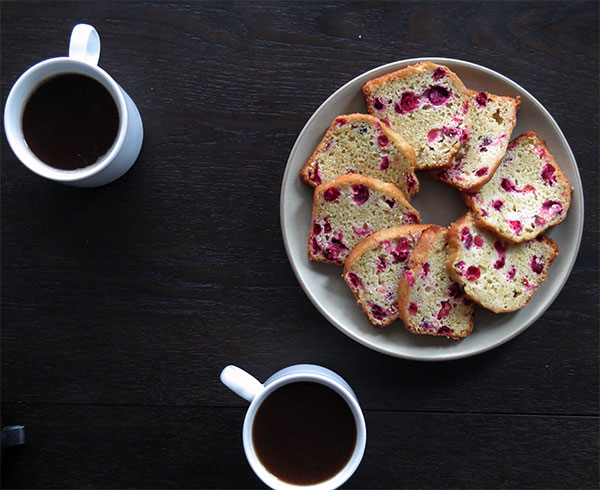
It’s a dessert first kind of month so I give you two easy desserts made with a mix of winter storage and frozen fruits.
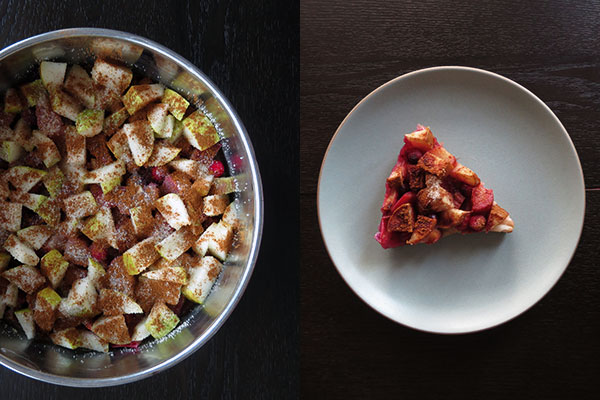
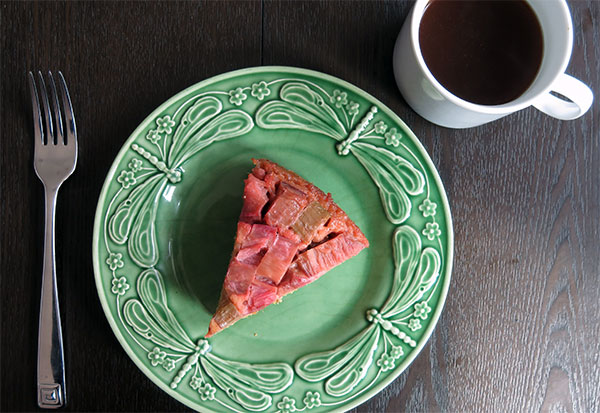
Remember these homemade hamburger buns? I may have made my first cheeseburger ever. (I know, I know.) I might as well tell you now I’m also not a french fry person so … yeah, salad.
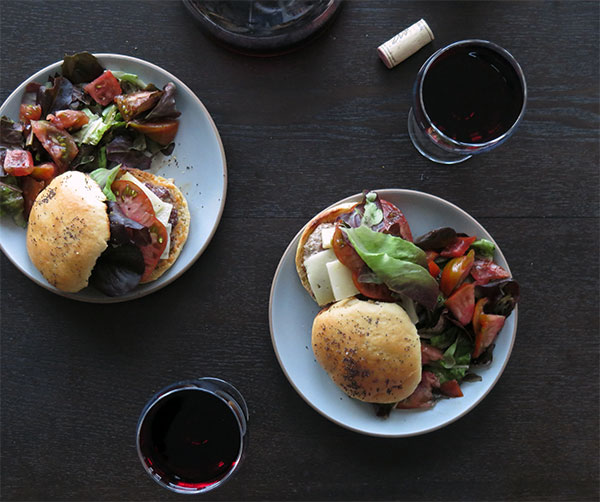
But extra hamburger buns doesn’t have to mean more hamburgers. I made these Berlin-inspired sandwiches with the last of the frozen buns. These are my best attempt at one of my favorite Berlin memories: Nürnberger sausage sandwiches with sauerkraut at the Thursday market. These were worth shivering in the cold for. I used breakfast sausages from Skagit River Ranch because they were in my freezer, but same idea.
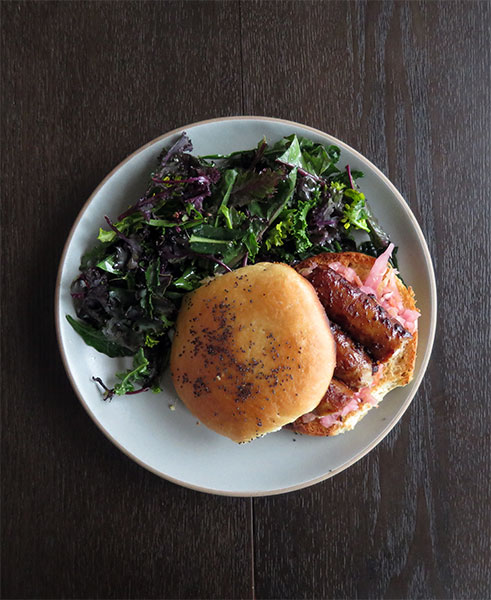
Where there’s burgers, there’s pizza. (Actually, this isn’t usually true. But at home, it can be!)
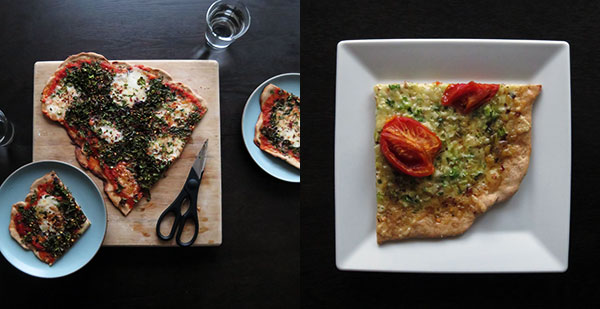
You can put almost anything on pizza. Same goes for frittatas:

And also true for pasta. But the great thing about any of these dishes is they’re also tasty when made with only a few ingredients. Remember though, top-quality ingredients are the key to success.
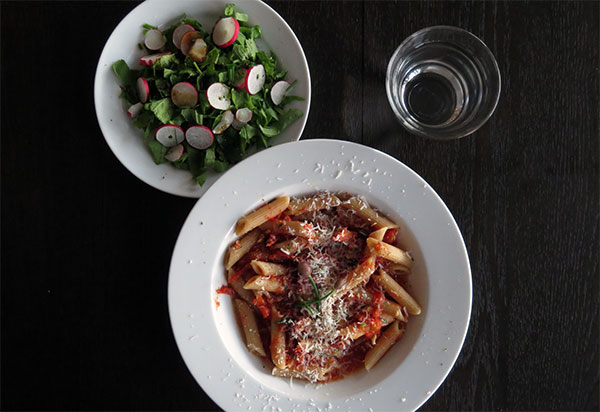
Here’s why everyone in your household should know how (or learn) to cook:
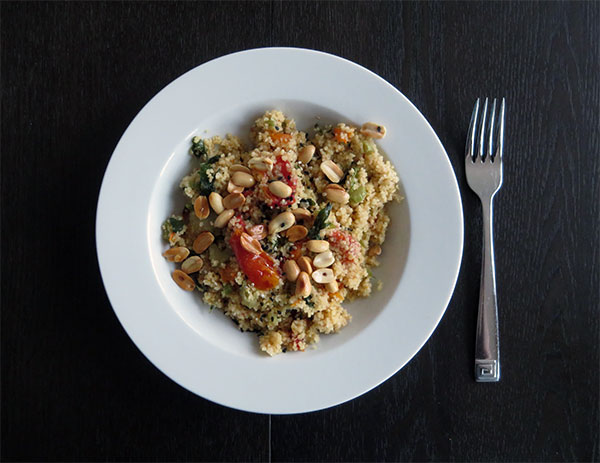
I had absolutely nothing to do with the planning or execution (or photography) of this dish. Sick in bed, I was happy to avoid all cooking and cleaning that night. I did eat some though and will vouch for the tastiness of this simple meal.
Finally, I admit, this one’s pretty esoteric. Happen to have frozen masa dough from a tamale-making class? Then give these cheese-stuffed snacks a try.
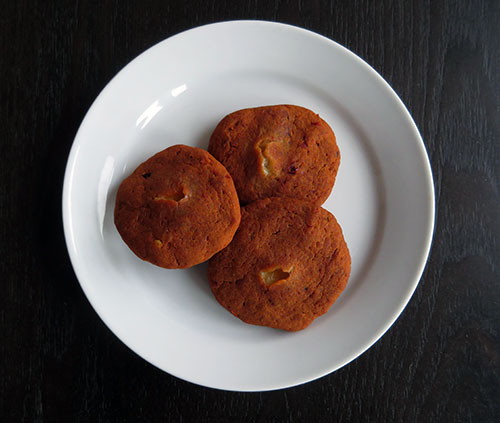
What to Keep on Hand
To summarize, the long list of freezer contents contributing to the above meals is as follows:
- quick bread
- cranberries
- rhubarb
- buttermilk
- milk
- hamburger buns
- ground beef
- breakfast sausages
- chopped kale and other greens
- whole tomatoes
- slow-roasted tomatoes
- hot chiles
- chopped celery
- masa dough
Note that freezing dairy products changes their texture. They are best used for baking. I supplemented with long-keeping fridge and pantry staples, such as:
- baking supplies
- whole grains
- pasta
- cheeses
- butter
- eggs
- sauerkraut
- mustard
- oils
- vinegars
- nuts
- spices
Spring produce from the farmers market brings freshness to all this freezer cooking:
- lettuces and other greens
- tomatoes
- radishes with greens
- green garlic
- spring onions
- leeks
- pears
- fresh mozzarella (not produce but often available at my local market)
Leeks are actually harvested year-round. While pears are a fall crop, some varieties store well and are sold at farmers markets through spring. The same is true for apples.
A Well-Stocked Pantry
Second to a loaded freezer is a well-stocked pantry and fridge. For example, say you don’t have any quick breads in the freezer. Throw this together instead:
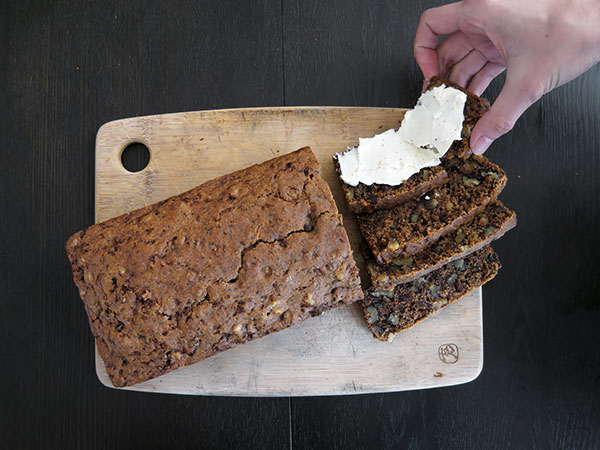
Also good for any time of day is granola. I like to make my own because most commercially-prepared granolas are too sweet. Making two sheet pans means it should last you a while. (Unless you give most of it away on Mother’s Day like I did.)
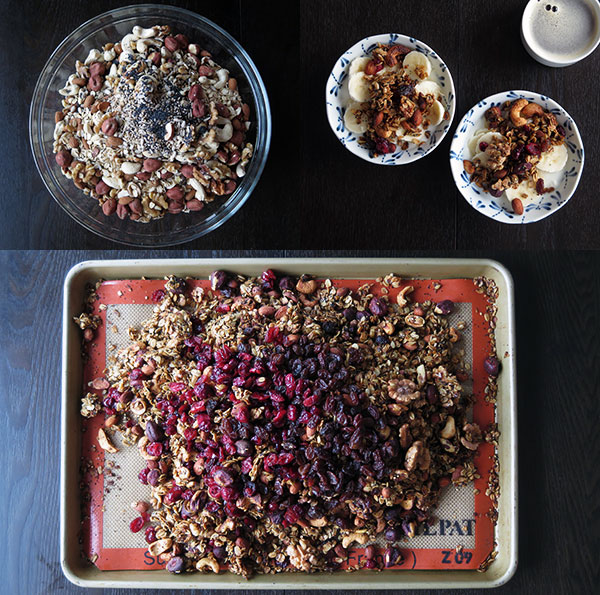
I mentioned weighing ingredients in the caption. There’s often a lot of ingredients in granola. It’s not precision I’m after with the weighing. It’s ease. Seriously, if you want to bake more often, one of the best things you can do for yourself is to buy a digital scale. (Also, don’t hide the baking ingredients behind the chips, crackers, and cookies.)
I make corn tortillas using masa harina. Once you learn the technique, it’s quite easy. But some nights call for nachos. They feel like dinner by adding beans, quinoa or veggies. It’s more nutritious, and there’s a better chance for leftovers. Perfect for a simple and tasty breakfast.
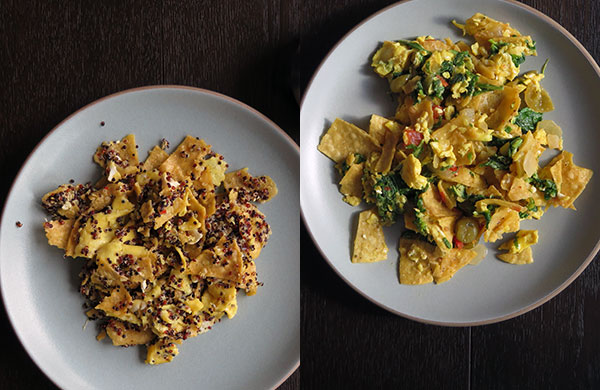
The ingredients for these dishes are a lot of the same staples I’ve already mentioned. Additional ingredients I tend to keep around are:
- dried fruit
- cream cheese
- flaxseed meal
- rolled oats
- seeds
- honey
- maple syrup
- yogurt
- masa harina
- tortilla chips
- dried beans
- salsa (both frozen and home-canned)
Spring
While all this convenience is great for getting through the week, don’t forget that it’s spring. Many farmers markets are open (if they ever even closed) and their offerings are a welcome change. Make sure to indulge.

A word about asparagus. Farmer’s often bundle it by size. Different sizes gives me thick spears for roasting and thin ones for salad or stir-fries. I break off what I need and keep the bottom stalks for later. These fibrous ends stay fresh longer than the tips but need more prep and longer cooking. Peel the white part of thick spears for roasting. Cut the end off and shred or mince the thin stalks for braising. Don’t want to do any of that? Throw them in the freezer and save for stock.
One Final Example (Okay, Three)
To prove how far you can take pantry cooking and reduce food waste, I made a flavorful pasta dish from food scraps. The ingredients that usually get tossed:
- bottom ends of asparagus
- green tops of spring garlic
- reserved fat from cooking hamburger
- crumbs from slicing bread
- whey from fresh mozzarella container
- rind of hard cheeses
All trash treasures for a quick and tasty meal.
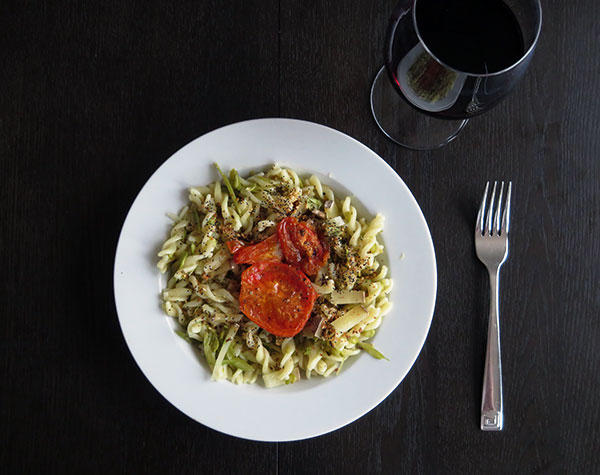
Speaking of things you might be tempted to toss—don’t do it!—remember everything you save contributes flavor. Repurposed food waste also reduces the cost of cooking. So I hope these videos inspire you next time you have leftover fish or a ripe banana.
These rice balls might require a fork. For sandwich-style onigiri, I recommend wrapping them in seaweed. If you get hooked on this easy lunch option, get even more filling ideas from this podcast.
DAILY COOKING IS NOT ABOUT ELABORATE PLANNING, FREQUENT SHOPPING, OR MEAL KITS. IT’S ABOUT LEARNING TO IMPROVISE WITH WHAT YOU HAVE. THE BONUS? BETTER TASTING MEALS FOR LESS MONEY. CREATE A FREE ACCOUNT WITH KITCHENLISTER TO LEARN MORE.
If you’d like more information about any of these late spring meals, leave me a comment.
Read more about my “Week in Review” posts.
